The other day I scrolled through my Facebook feed and came across an article titled "Brunettes Can Dye Their Hair Blue Without Bleach Thanks to Splat Midnight Hair Color." Immediately I clicked on it, wondering if the 4 days it took me to go from bright magenta red to a teal blue, and the 5 processes including 2 rounds of bleach, was all in vain for a new scientific advancement in hair color. Long story short...I will still need the industrial tub of bleach for my black as night hair to be any color other than brown.
Before I begin, I just want to place a disclaimer that I am not a registered cosmetologist, nor a hair coloring specialist, just a girl on a budget with an addiction to dying my hair. My journey into dying my hair began about a year ago, attempting to give myself vibrant magenta red hair at home with zero knowledge of the science behind hair color. Fast forward to present day, where my hair is currently a dark-rooted cobalt blue. Trust me when I tell you that going from dark brunette to any vibrant color will require some bleach of some kind, unless you're just looking for a tint.
So the article in question is headlined by a photo of bright pastel blue hair, pretty awesome right? That's what really drew my eye, but as I kept reading into the article I realized that the picture above the article completely contradicted the article, and ultimately was a huge misleader towards hair dye hopefuls.
The header image to the article in question
The article mentioned above, published by Allure, covered the release of Splat's new Midnight collection of direct dyes, featuring three gorgeous colors: Amethyst, Ruby and Indigo. Direct dyes are dyes that are directly applied to the hair, without any developer, and are usually semi permanent or temporary. Developer is a liquid featuring hydrogen peroxide, an agent that allows the color to remain in the hair and bind it better; the hydrogen peroxide in the developer interacts with the ammonia in permanent hair color formulas to remove the sulfur in the hair shaft, allowing the pigments to bind within the hairs, making them harder to remove as opposed to direct dyes.
Color does not lift color: the golden rule of dying hair. A simple way to explain this is imagine you are mixing paints. If your hair color is brown you are starting with brown paint, if you are starting with bleached hair you are starting with transparent paint. Now if we mix in the color that we want our hair to be, in this instance blue, we're going to see two different results. The brown haired paint mixture will result in a pretty dark muddier blue, whereas the transparent paint mixed with the blue paint will result in a true blue color.
The picture for the header of the article features pastel blue and purple hair, which is gorgeous, but anything pastel translates to a lot of pre-bleaching. Pastel hair requires hair to be bleached to a yellowish white, then using a toner to take away the yellow hair color and then applying the diluted dye color or pastel colored dye to your hair.
Actual Product: Splat Midnight Direct Dye Collection
The hair featured on the box of the product is more accurate to the end result, but again, the vibrancy of these colors can only be achieved through pre-bleaching. If you apply the splat hair dye directly to your brunette hair, you will have a nice blue/violet/red tint, depending on the color you choose, but it will be highly unlikely that you will achieve the Princess Ariel red not using bleach.
The top half of the hair pictured was dyed with Midnight Amethyst, the bottom section used maroon dye with developer resulting in more vibrant hues
To summarize, the reason why the collection is called "Midnight" is because when applied to brunette hair the color will appear as a tint rather than the color featured on the box. The vibrant colors featured can be achieved with a bit of pre-bleaching before the direct dye is added.






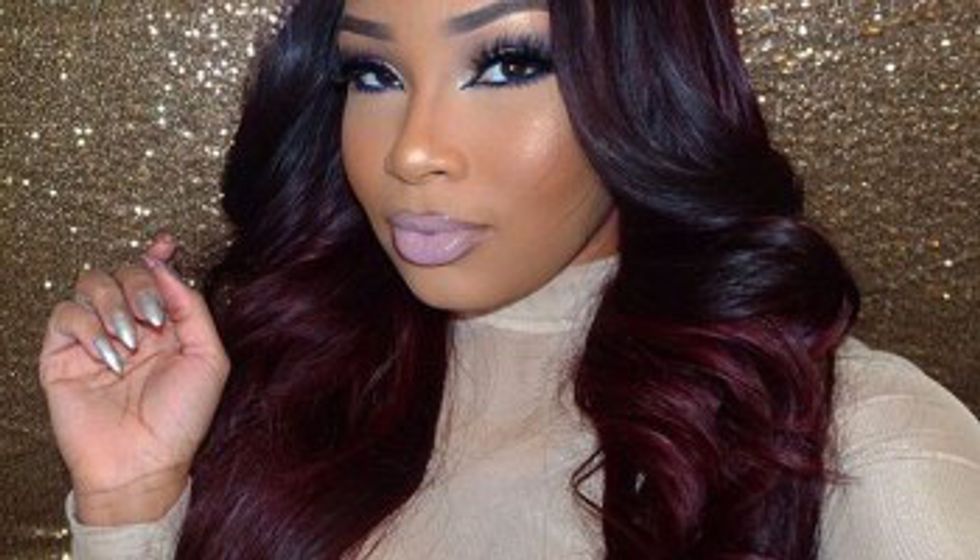

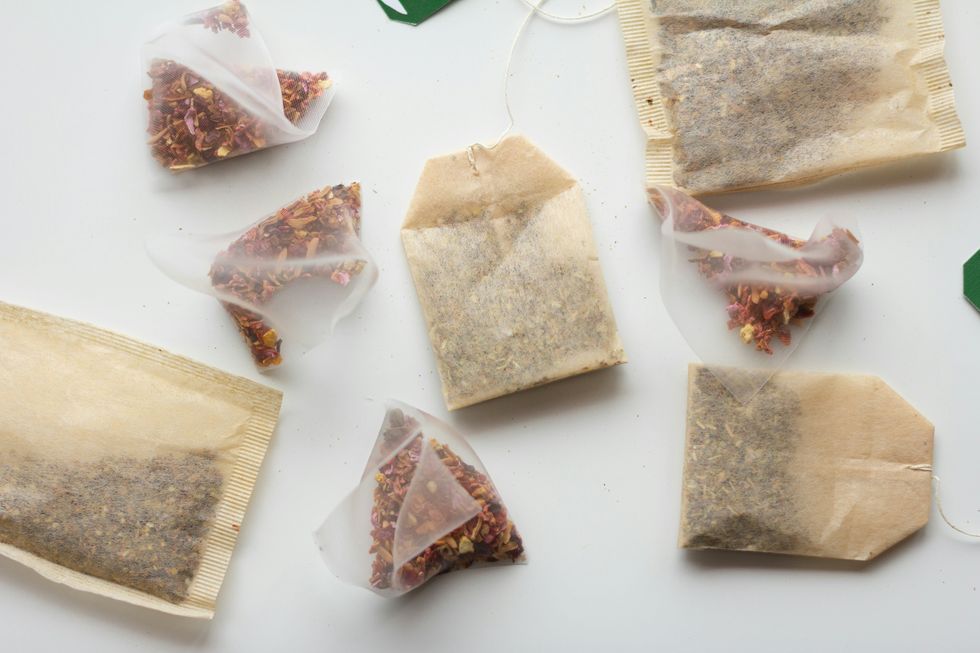
 man running in forestPhoto by
man running in forestPhoto by 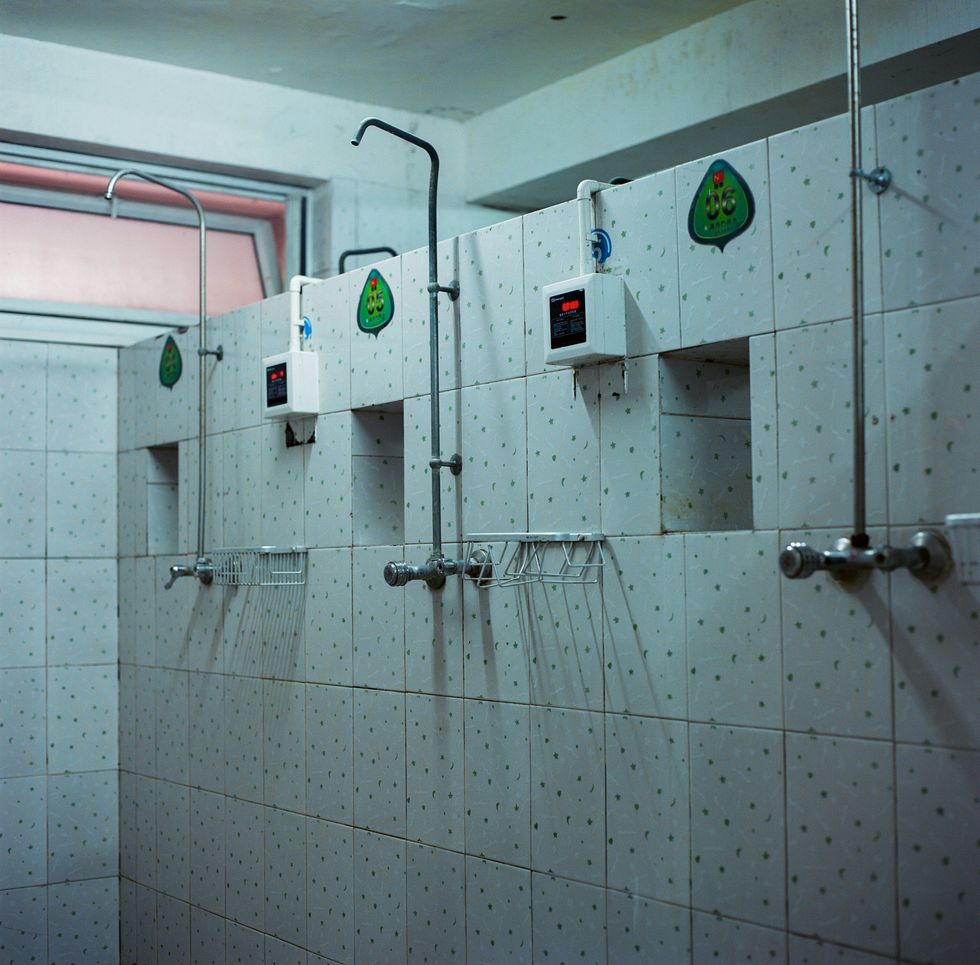
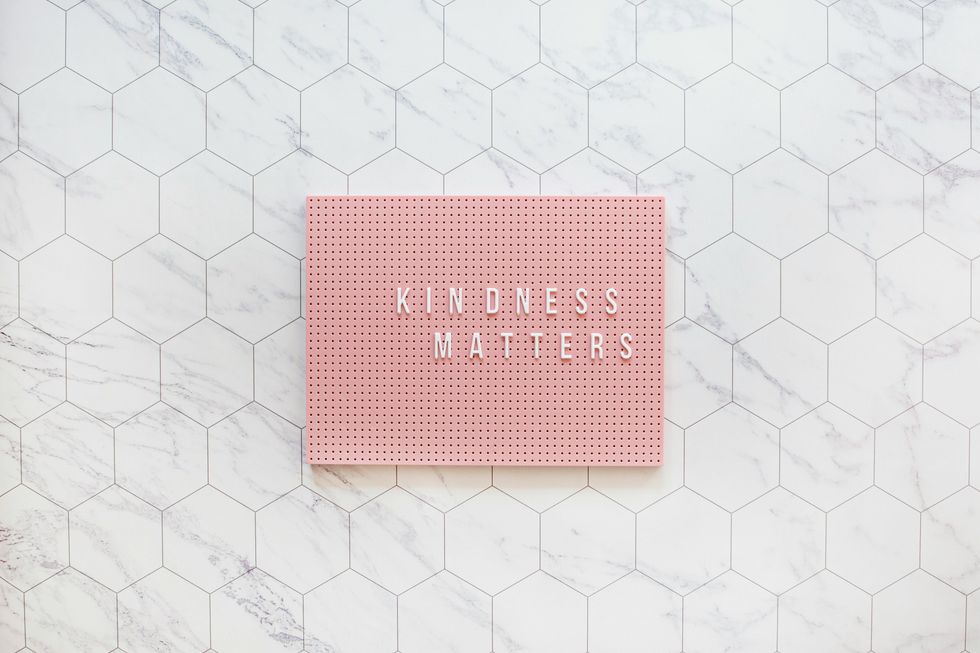

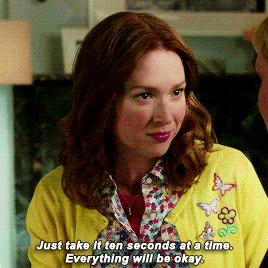


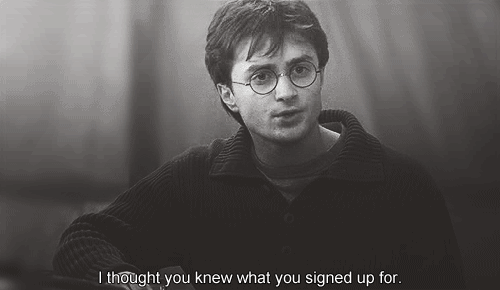 "I thought you knew what you signed up for."
"I thought you knew what you signed up for."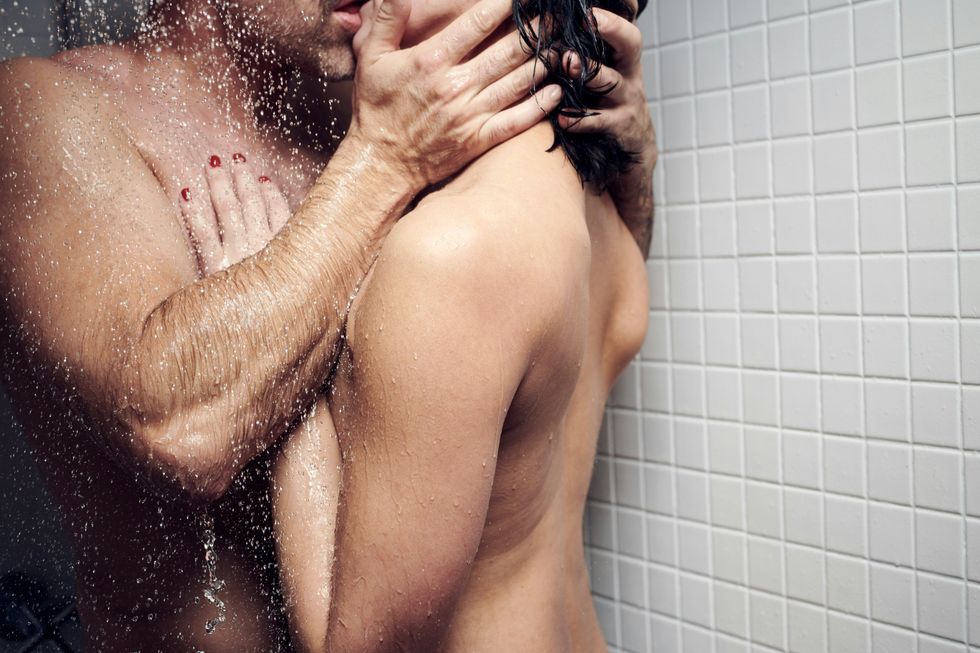 man and woman in bathtub
Photo by
man and woman in bathtub
Photo by  four women sitting on black steel bench during daytime
Photo by
four women sitting on black steel bench during daytime
Photo by 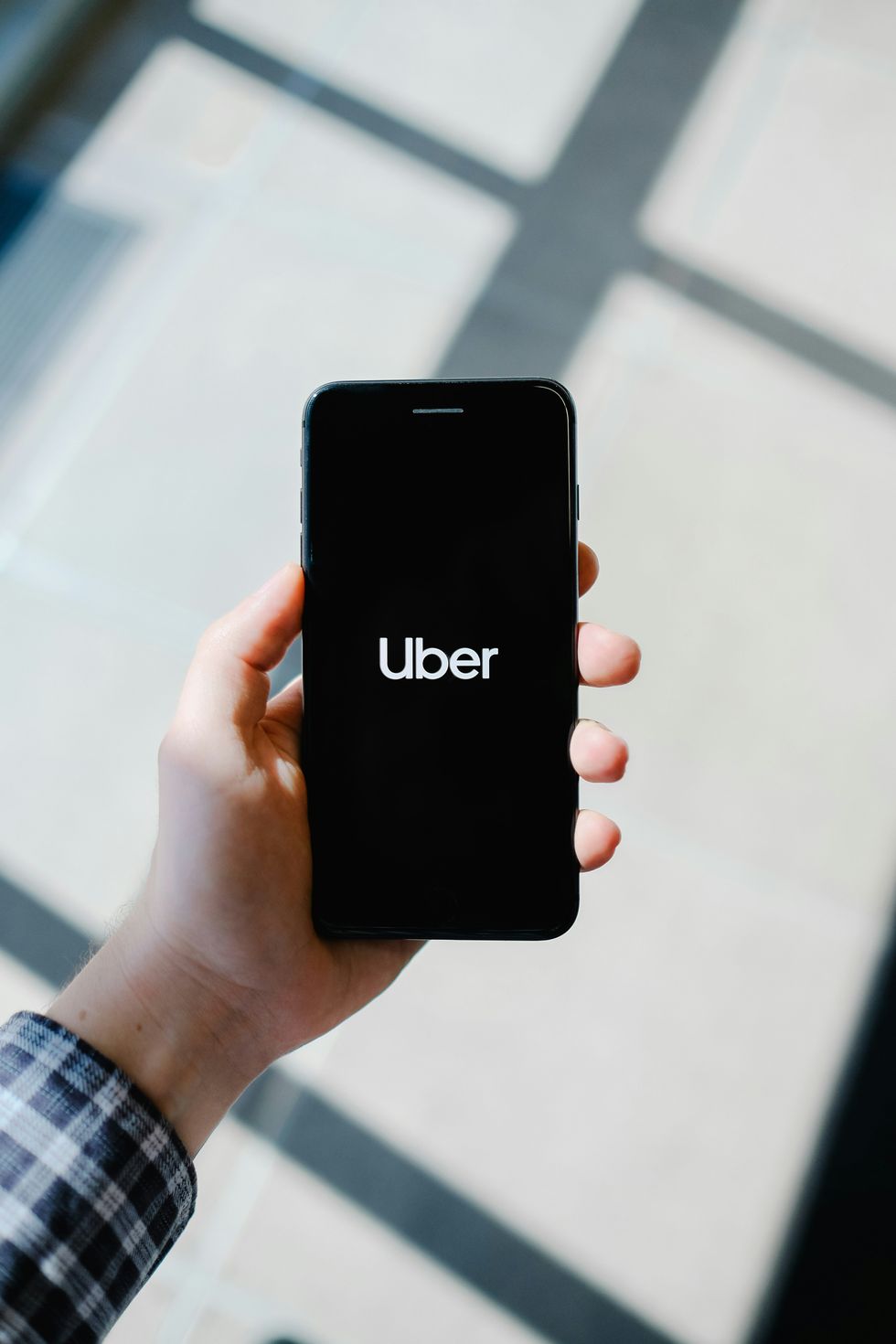 Uber app ready to ride on a smartphone.
Photo by
Uber app ready to ride on a smartphone.
Photo by 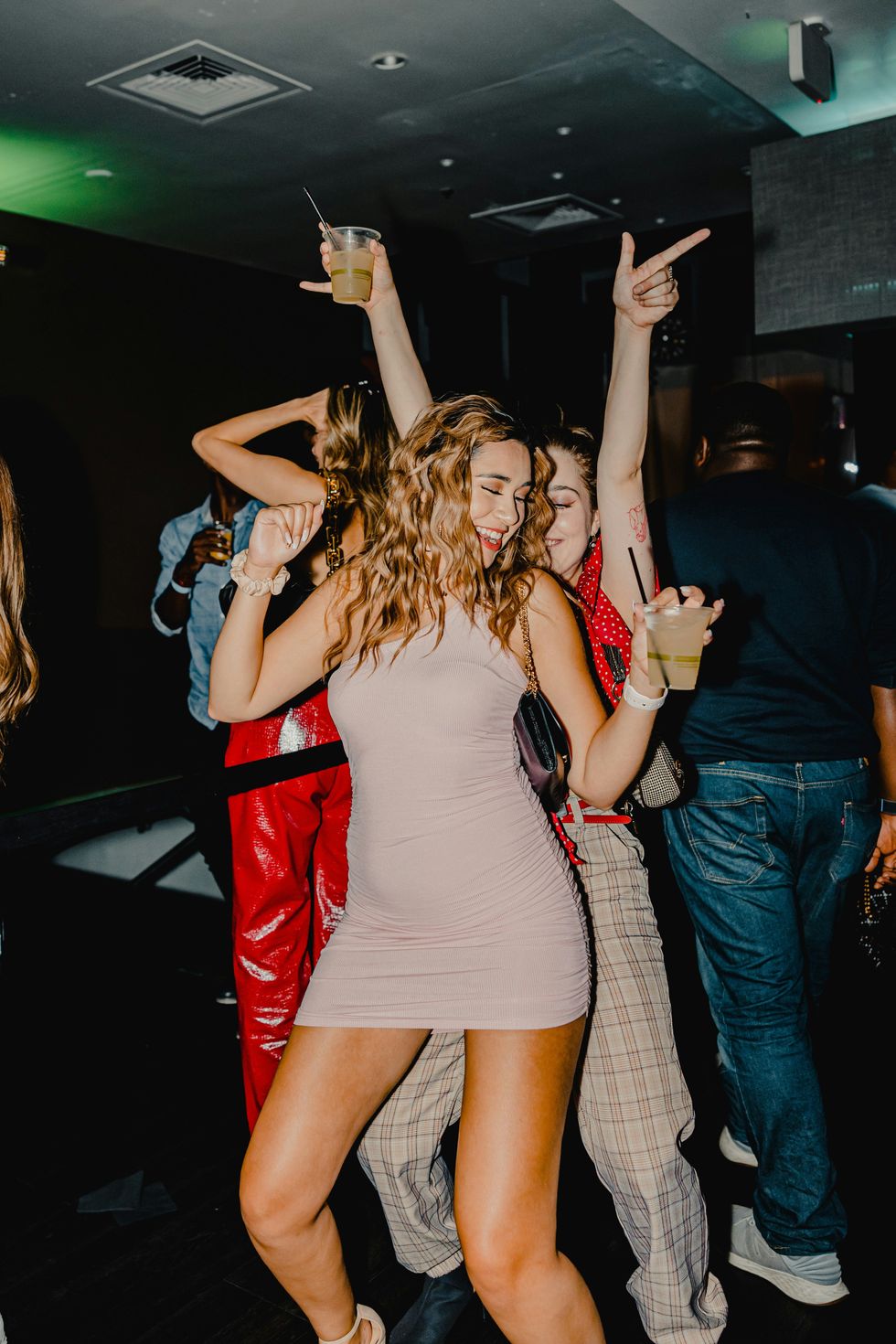 woman in red tank top and blue denim shorts standing beside woman in black tank top
Photo by
woman in red tank top and blue denim shorts standing beside woman in black tank top
Photo by 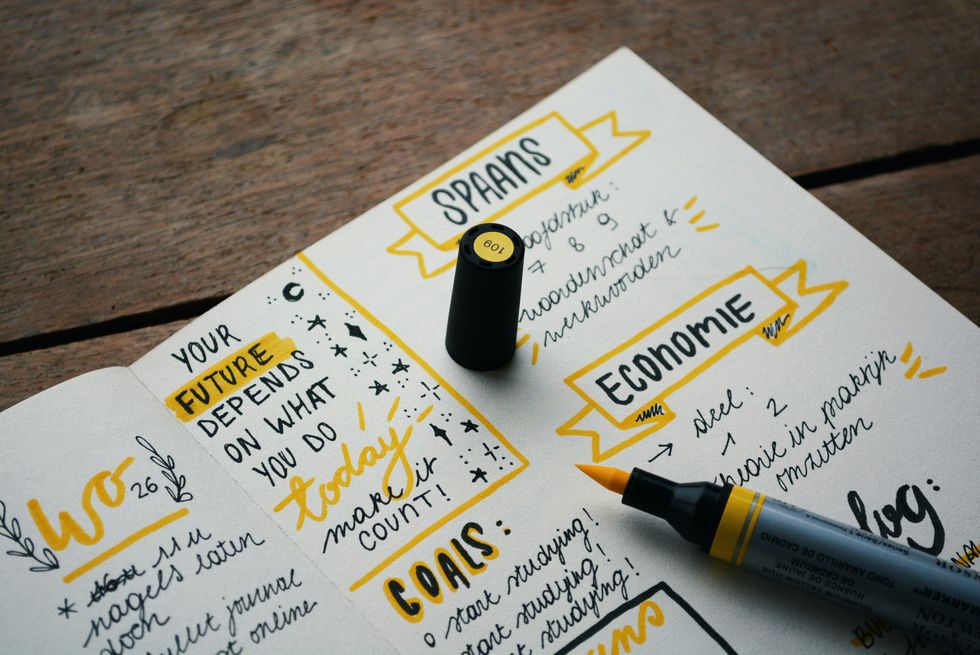 blue marker on white printer paper
Photo by
blue marker on white printer paper
Photo by  welcome signage on focus photography
Photo by
welcome signage on focus photography
Photo by 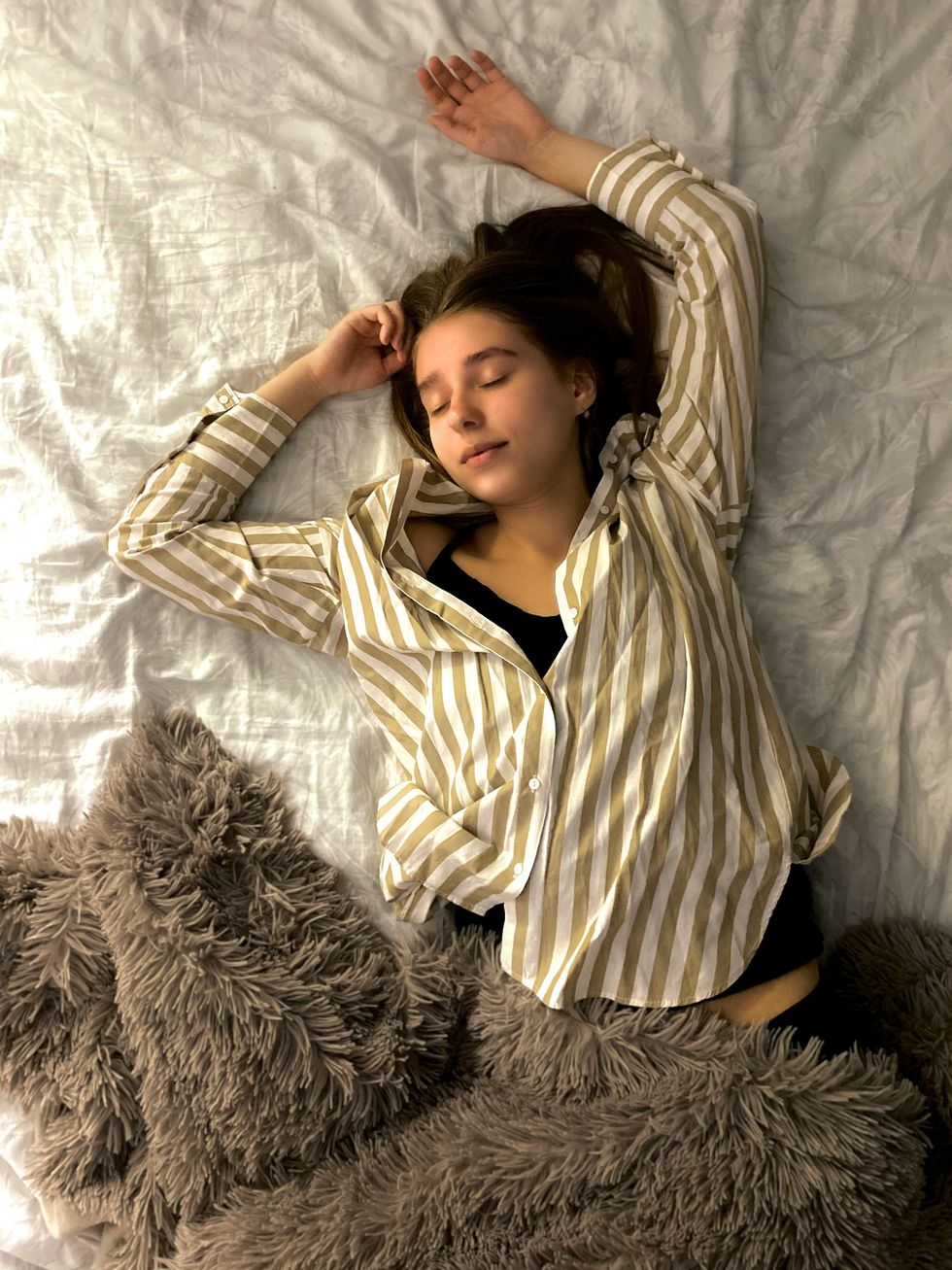 woman in white and black striped long sleeve shirt lying on bed
Photo by
woman in white and black striped long sleeve shirt lying on bed
Photo by  pink pig coin bank on brown wooden table
Photo by
pink pig coin bank on brown wooden table
Photo by  person holding iPhone 6 turned on
Photo by
person holding iPhone 6 turned on
Photo by  person holding pencil near laptop computer
Photo by
person holding pencil near laptop computer
Photo by  person slicing vegetable
Photo by
person slicing vegetable
Photo by 
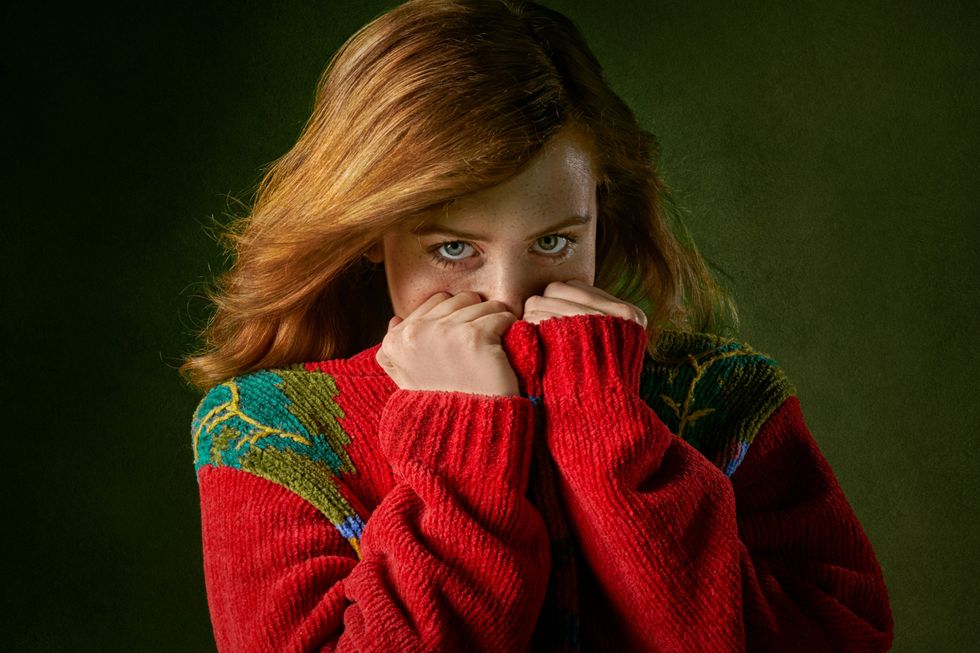 woman covering mouth with sweater
Photo by
woman covering mouth with sweater
Photo by  person holding remote pointing at TV
Photo by
person holding remote pointing at TV
Photo by 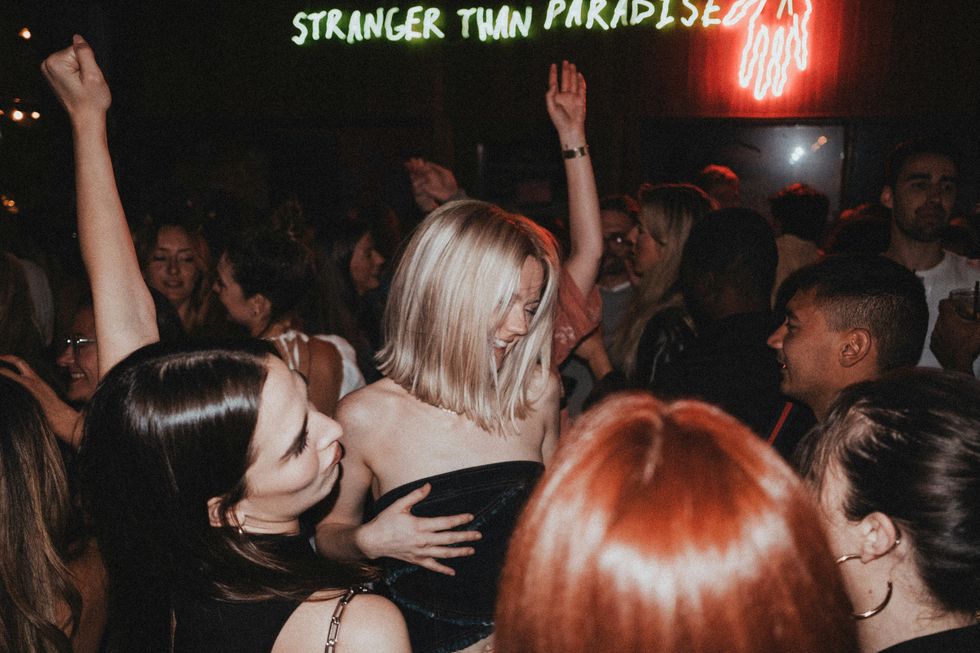 a woman with her arms raised in a crowd of people
Photo by
a woman with her arms raised in a crowd of people
Photo by  "Shocked disbelief: '95% of the population is undateable?'"
"Shocked disbelief: '95% of the population is undateable?'"








